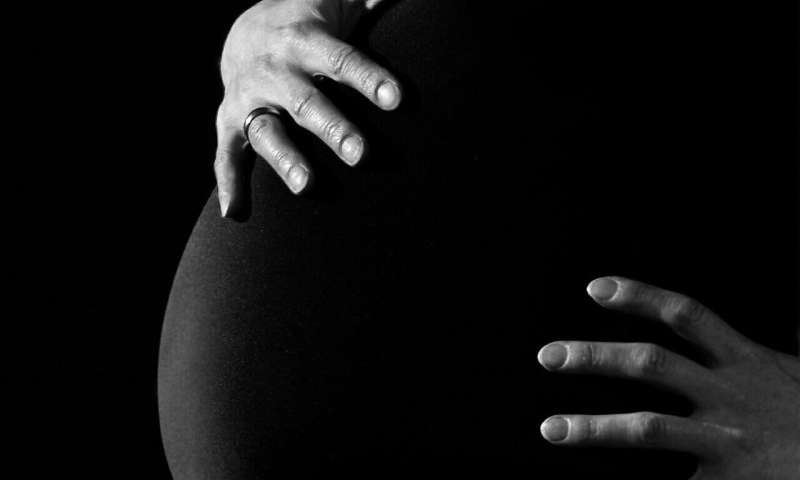
According to the World Health Organization’s latest statistics, from 2017, more than 800 women around the world die every day from preventable causes related to pregnancy and childbirth—the vast majority of them in resource-poor areas. The leading reason is postpartum hemorrhage (PPH), which accounts for 27 percent of maternal mortality and occurs to some degree in five to seven percent of all deliveries.
Advanced interventions to stop the bleeding before the problem becomes unmanageable include emergency hysterectomy, a particular suturing technique, and ligation or embolization of the uterine artery—but because these require extensive training and/or high-tech equipment, not all hospitals around the world have access to them. A simple, inexpensive alternative, the uterine balloon tamponade (UBT), has been available since the early 1980s. In it, a balloon is inserted through the cervix by catheter and inflated with water, filling the uterine cavity and arresting the hemorrhage.
Two studies—published in 2013 and 2019—brought into question the effectiveness of UBT, but a paper published today in the American Journal of Obstetrics and Gynecology “really puts a nail in that coffin,” according to principal investigator Thomas Burke, MD, FACEP, FRSM, director of the Global Health Innovation Lab in the Emergency Department at Massachusetts General Hospital and an associate professor at Harvard Medical School and the Harvard T.H. Chan School of Public Health.
“The reason we undertook this study is that those two trials caused a great deal of confusion and controversy regarding UBT,” Burke said. “We decided to take an extremely rigorous approach, bringing together all of the world’s literature on this technique and inviting independent investigators to join. It was a massive project.” Burke and his colleagues conducted a systematic review and meta-analysis of 91 randomized control trials, nonrandomized studies, and case series, and found an overall success rate of 85.9 percent for UBT.
“So what this really teaches us is that the challenges experienced in these two trials were about the program implementation, not the device itself,” he said. “There’s no question the device works fine. But saving a life is much more complex than just handing someone a device that’s new to their practice. We need to study how to integrate the device into a health system so that good uptake, appropriate use, and best practice result in quality care.”
Source: Read Full Article